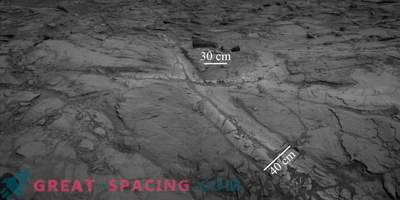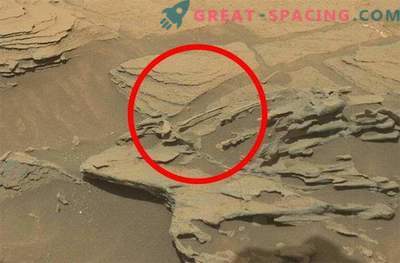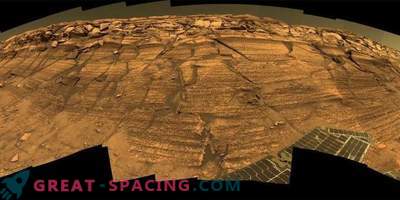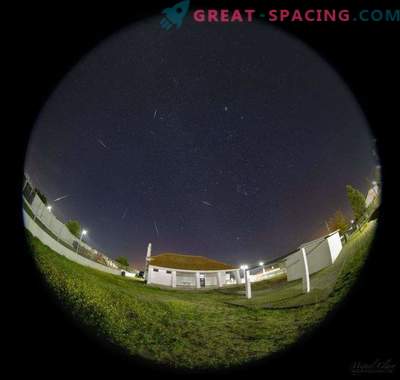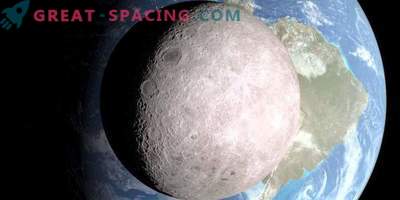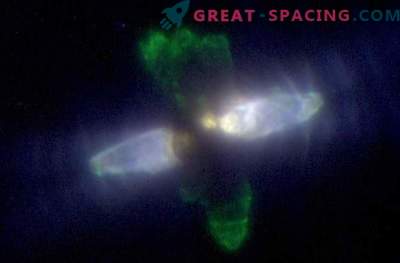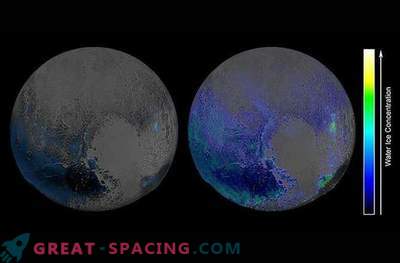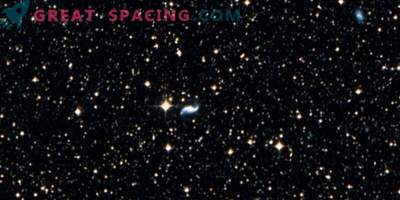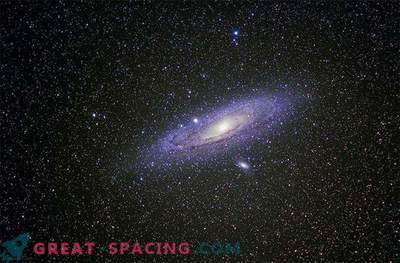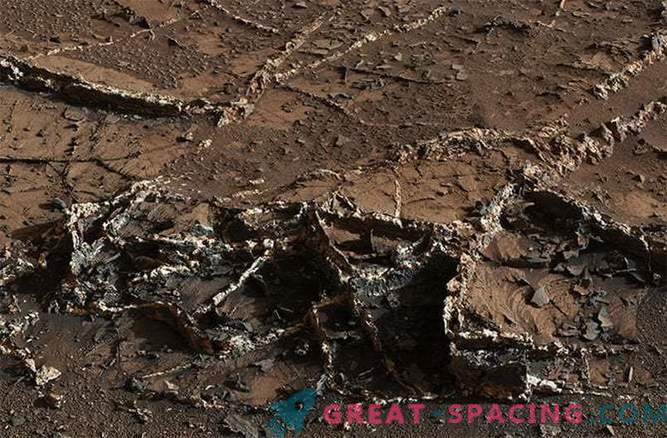
The photograph taken by the Curiosity Martian research lab camera captured mineral veins on the planet’s soil in the area of the so-called “Garden City” at the foot of Sharp Mountain.
On a planet covered exclusively by rock formations and rocks, this find looks really impressive. But even more impressive is that the minerals found by the Curiosity rover confirm the theory of the presence of water on the surface of the Red Planet in the past and its potential habitability.
A study is currently underway on the Pahrump Hills area, at the base of Sharp Mountain, in the center of Gale Crater, and the photos taken on March 18 are also part of the “Garden City” study program. The study area is interesting by the presence on the surface of the surrounding rocky rocks of two-color mineral inclusions.
Solid, mineral formations were formed on Mars in a humid environment and protrude above the surface of the rocks to a height of 6 centimeters (2, 5 inches). This means that traces of minerals were on the surface of the rocks in connection with their leaching.
In the process of studying the geology of this rocky terrain (lower part of Mount Sharp), Curiosity complements the overall geology of Mars.
"Some of these mineral veins are very similar to a sandwich - ice cream: dark on the sides and white in the middle," Linda Kach, a member of the team of researchers at the University of Tennessee, Knoxville, USA, said in a NASA press release. "The found minerals shed light on the trajectory of the movement of water in this area, which influenced the formation of mountains." Like the rocks studied by Curiosity, previously discovered protruding mineral veins in the Garden City area were formed as a result of the impact of water flows on rocks and channels washed in them. The chemical composition of the rock rocks suggests that they were formed long before the appearance of mineral veins. Previously, the rover has already found traces of minerals saturated with calcium sulfate in this area.
However, the finds at the Garden City differ from those found earlier by the fact that they are formations of earlier periods of the formation of the geology of Mars and those times when rivers flowed on the surface of the planet.
“Water has not affected the geology of this area at least twice,” said Linda Kach. "And we want to understand, with the help of chemical analysis, which of the water flows finally influenced the formation of rocks."
In the past 6 months, the rover was focused on actively exploring the "Pahrump Hills" area, the surrounding rocks up to 10 meters high. The "garden city" is located at the highest point of this location and the study of mineral formations here is extremely important.
"We explored the Pahrump Hills area using field geologist methods: we studied visually, collected very valuable rock samples for us, and saved them," said David Blake, expert at Ames Research Center, Mr. Moffett Field, California, principal investigator of the project "Curiosity" on chemistry and mineralogy. Geology, studying rocks, is obliged to look into their past. Exploring the various layers of sedimentary rocks, you can determine how many years ago they were completely covered with water. Using similar methods, using chemical “tags”, it is possible to determine at what specific time period these rocks were washed by water and subjected to its destructive influence. The rover "Curiosity" is equipped with a complete set of tools for carrying out such work and compiling a geological map of the Gale crater.
This latest photo from Mars, can say that "Curiosity" managed to find a real treasure - clear evidence of the presence of water on the planet. However, along with this fact puzzling information about 2, different periods of the presence of water on Mars. What does it mean? To answer new questions, Curiosity will continue to thoroughly research the area at the foot of Sharp Mountain, adding new information about the presence of water on the planet and possible organic life.



